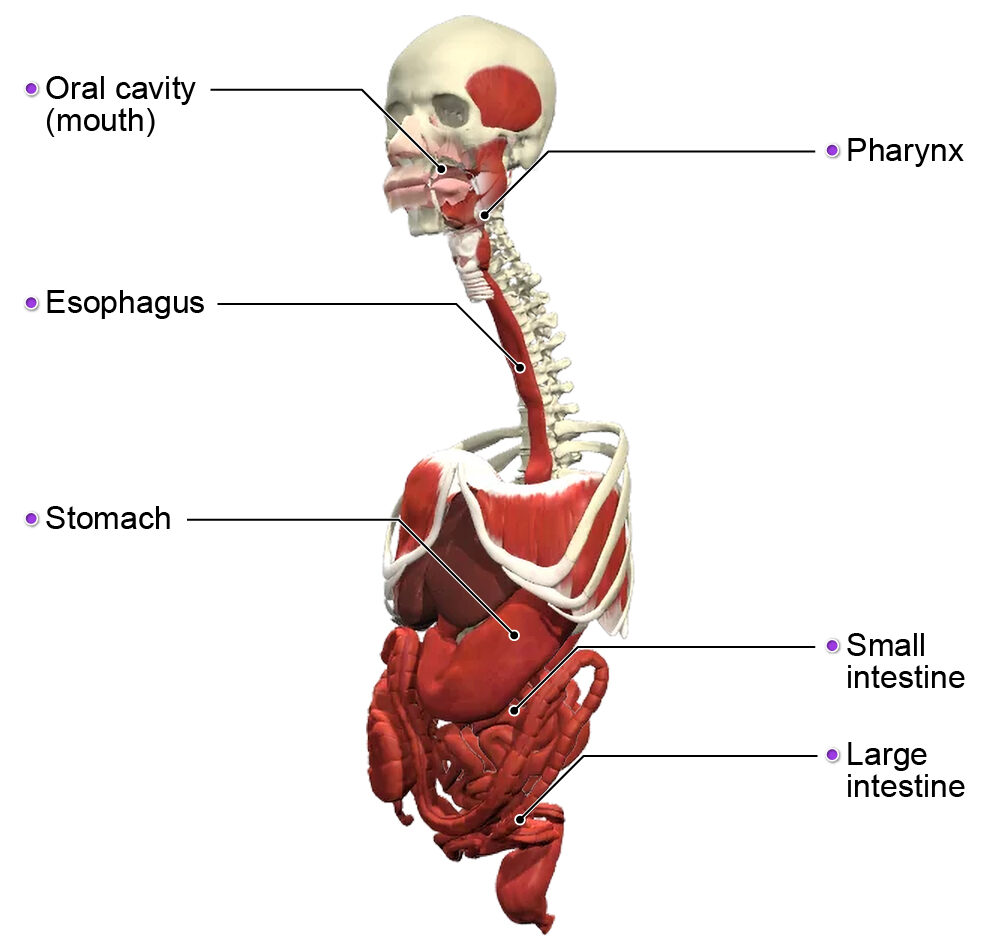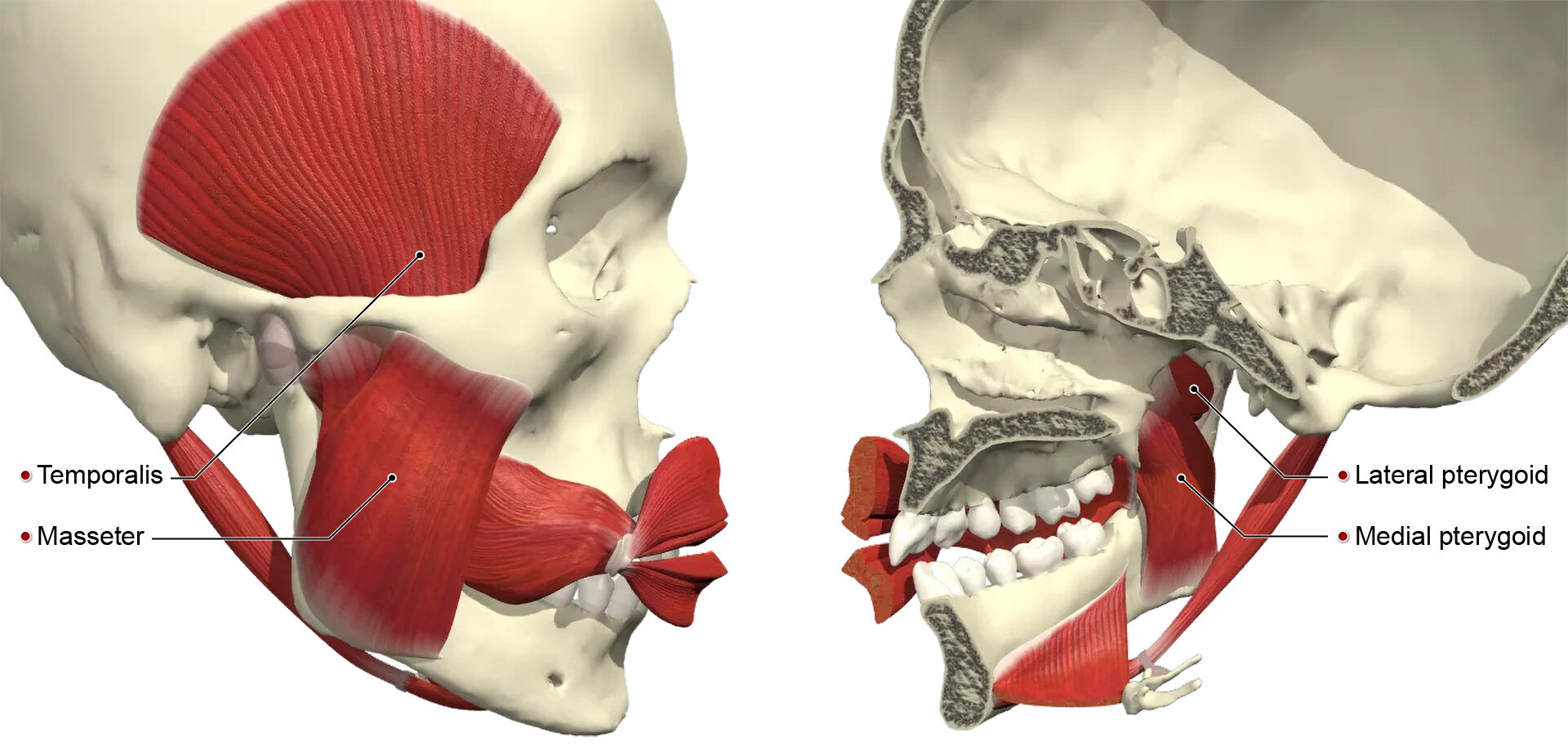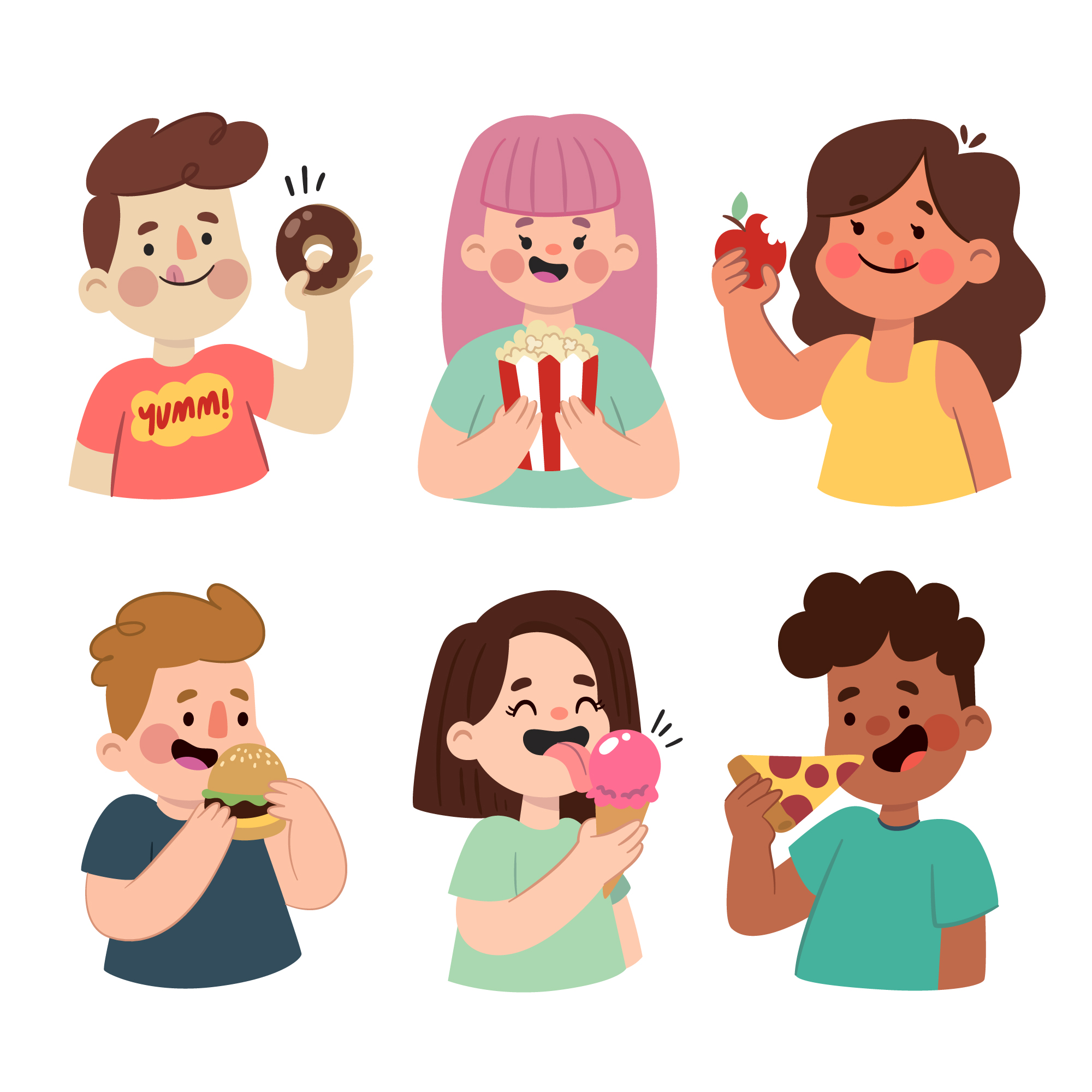From the Hoppin’ John of the American South to Japan’s soba noodles to different versions of King Cake from around the world, biting into delicious and festive foods brings joy and celebration. But have you ever thought about how long you should actually chew that mouthful of tamales, spoonful of pickled herring or plateful of oysters? Chewing your food lays the groundwork for the rest of its journey through your digestive system, either promoting good health or contributing to a slew of tummy troubles.
Sink your teeth into your food’s journey
You may have never thought about it, but your digestive system is comprised of six different parts and the digestive process begins the moment you open your mouth to receive the delicious morsel you’ve selected.
-
- The oral cavity, aka the mouth, is the first stop, where mechanical and chemical digestive processes begin. Chemical digestion is the breakdown of nutrients, carbohydrates, proteins and lipids into smaller units that can be absorbed into the body.
-
- Next, food is pushed through the pharynx and esophagus in three phases: buccal, esophageal and pharyngeal. Each engages different muscles and nerves, including the tongue.
-
- The stomach acts as a mixing compartment and storage unit for your food, as its gastric juices help food break down during the chemical digestion process.
-
- Digestion and the vast majority of nutrient absorption takes place in the small intestine, the next stop of your food’s journey through the digestive system. Absorption is the uptake of water and digested nutrients, such as monosaccharides, amino acids, dipeptides, tripeptides and chylomicrons into the blood capillaries and lacteals via the absorptive epithelial cells.
-
- Finally, the large intestine absorbs water and salt from the materials passed into it, leaving behind undigested food and waste, which is eventually passed out of the body.

Chew wisely
The entire digestion process gets kicked off in the oral cavity with the seemingly simple act of chewing, or mastication, which breaks food down into smaller pieces. But is chewing really all that simple? Besides the teeth, mastication uses muscles that move the jaw, or mandible, from side to side, forwards and backwards, and open and shut. These key mastication muscles include the temporalis, masseter, medial pterygoid and lateral pterygoid muscles.

Along with these muscles working in conjunction to move the jaw during chewing, salivation plays an important role. Seeing, smelling or even hearing food can stimulate the salivary glands in the oral cavity, causing them to secrete saliva made up of mainly water, small amounts of digestive enzymes, mucus, antibodies and electrolytes. This saliva aids in the digestive process in a number of ways, including by keeping the upper portions of the digestive tract moist, allowing for easier swallowing of food.
What’s the magic number?
We know that chewing is the important first part of the digestive process, but exactly how many times should we be chewing each bite? Is there a magic number that will ensure we reap the full benefits of mastication? It is said that William Gladstone, four-time British Prime Minister between the years 1868 and 1894, chewed his food 32 times per bite – or one time per each tooth – a number that many people even today cite as the optimal amount. American “food faddist” Horace Fletcher upped the ante and took chewing to new extremes beginning in 1895 when he first published his food philosophy of “Fletcherism,” which held that, “Nature will castigate those who don’t masticate.” Under his regimen, food was chewed until completely liquefied before being swallowed: it took about 10 minutes to eat one bite of a shallot. While few today would espouse going to such chewing extremes, studies on chewing behavior and salivary secretion support the idea that thorough chewing does indeed contribute to increased saliva production and greater digestive health overall.
Chew-sing good health
Regardless of the exact number of times you do it, chewing your food properly and thoroughly yields a surprising number of health benefits. The study “Effects of chewing on appetite, food intake and gut hormones: A systematic review and meta-analysis” has shown that prolonged chewing can decrease feelings of hunger and actually lower food intake, ultimately leading to decreased risk of obesity. Additionally, chewing food for longer periods of time has been linked to an increase in the release of gut hormones that signal satiety (a feeling of fullness) and food-intake regulation. Simply put, science says the more you chew, the less you eat.
In addition to aiding in natural portion control, thorough chewing assists in helping your body extract more vital, healthy nutrients from your food by breaking morsels down into smaller pieces that it then can more easily absorb. Masticating also helps nourish the gut lining, since the saliva produced when chewing contains epithelial growth factor (EGF), a polypeptide that encourages the growth and repair of the tissue that lines and protects the gastrointestinal system.
Chewing has also been found to promote stress reduction in both humans and animals. Some studies on mastication as a stress-coping behavior report that the act of chewing performed in response to stressors actually results in a lowering of salivary cortisol levels (often used as biomarkers of psychological stress) and overall mental tension.
Biting off more than you can chew
Just as chewing contributes to digestive health benefits, not thoroughly chewing your food can result in some unfortunate effects as well. Scarfing down too much festive fare too quickly can lead to all sorts of unpleasantness, from food sticking in the esophagus (since not enough saliva is being produced) to the immediate negative consequences that come from the stomach trying to break down large food particles by producing too much bacteria: gas, bloating, indigestion and constipation.
Attempting to devour large chunks of food without taking the time to properly chew them can also result in serious, long-term digestive concerns and conditions. Among these are:
-
- Gastroesophageal reflux disease (GERD), triggered by insufficient saliva production. Studies on the effect of increased chewing have shown that increased chewing, which stimulates saliva production, leads to a decrease in long reflux episodes.
-
- Non-ulcerative functional dyspepsia, in which sufferers display symptoms similar to that of a stomach ulcer, but without an ulcer being present.
-
- Obesity, which may possibly be related in part to masticatory dysfunction and tooth loss. Data from a systematic review of association of mastication and factors affecting masticatory function with obesity in adults also indicated that the act of gum-chewing significantly reduced overall waist circumference in individuals.
-
- Increased risk for gastrointestinal pathology in aged people, caused by chewing difficulties exacerbated by tooth loss.
-
- Abdominal pain and constipation, which have been linked to mandibular ridge atrophy and an inability to chew food thoroughly.
So when you dig into the delicacies, take a moment to fully engage the muscles needed to chew each bite and savor every morsel. Doing so will set you up for better digestive health!
The images in this post are from from Primal’s 3D Real-time module. To learn more about this or other Primal learning resources, please fill in the form here and our team will be in touch.
